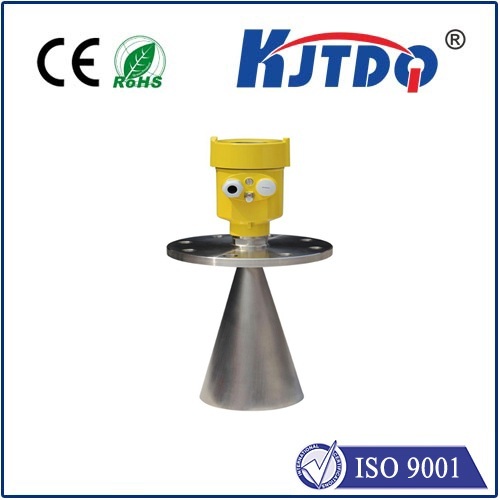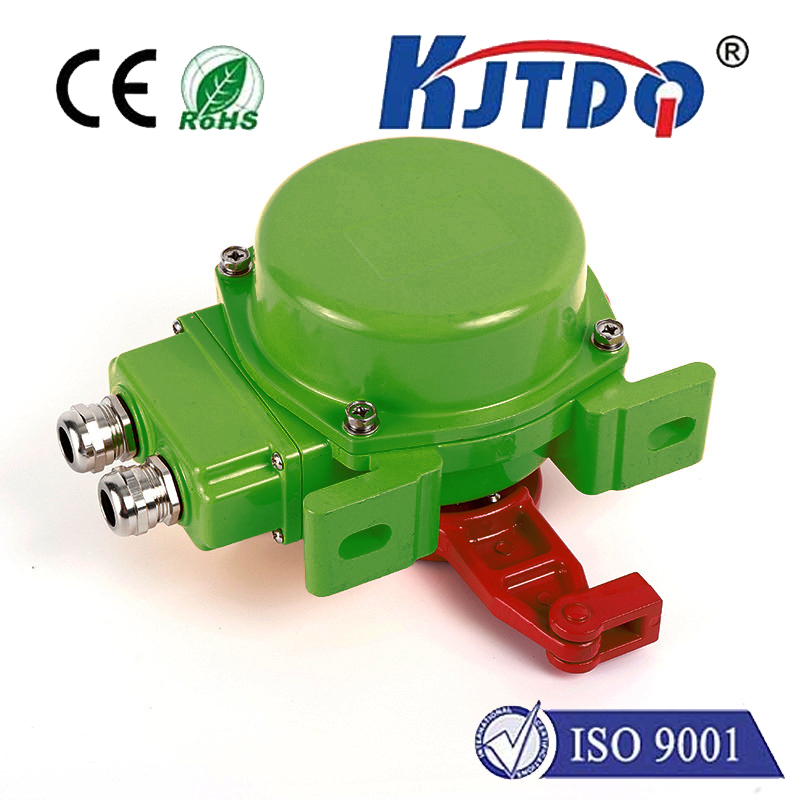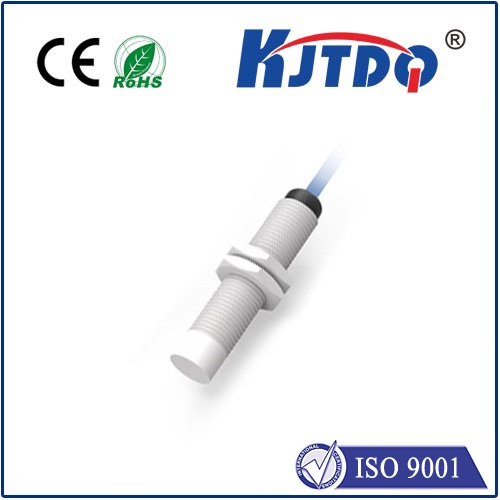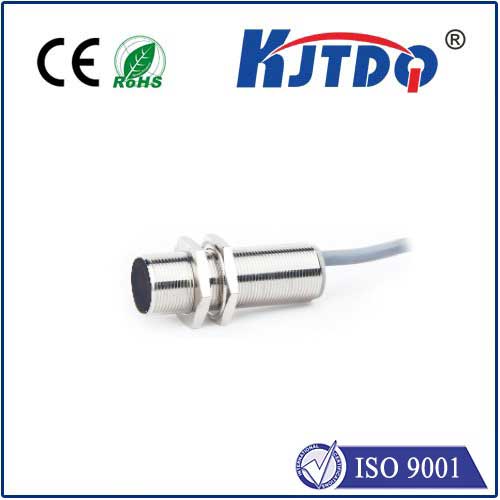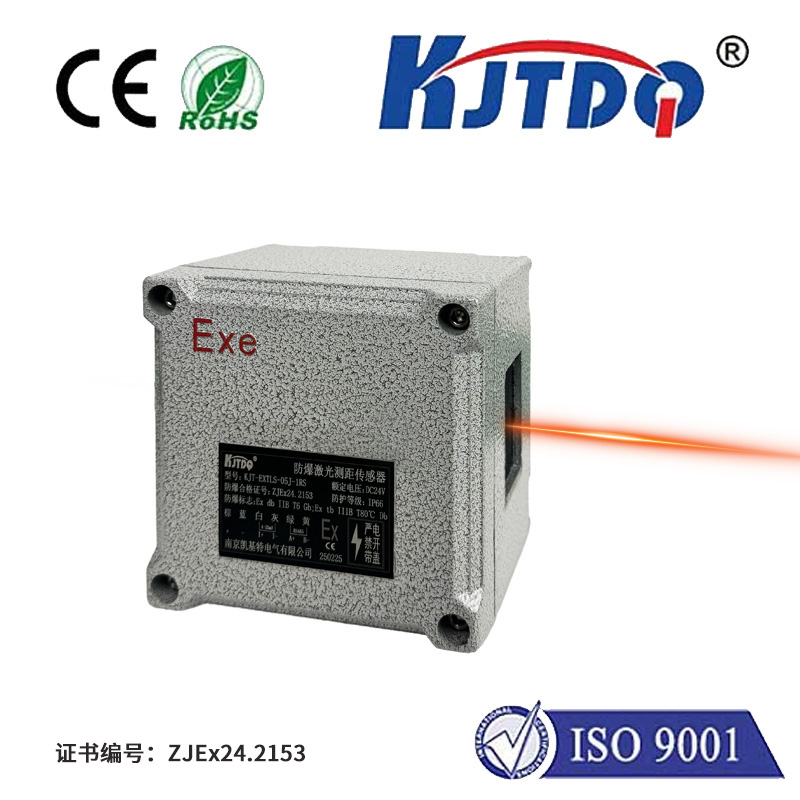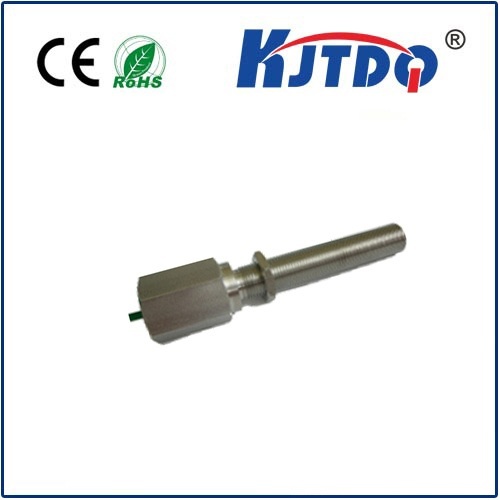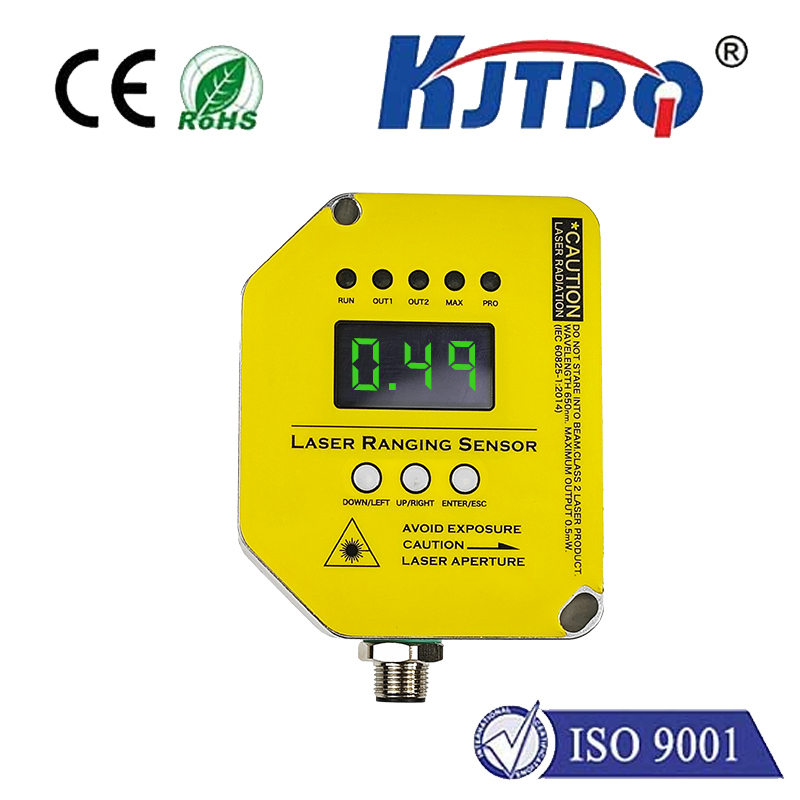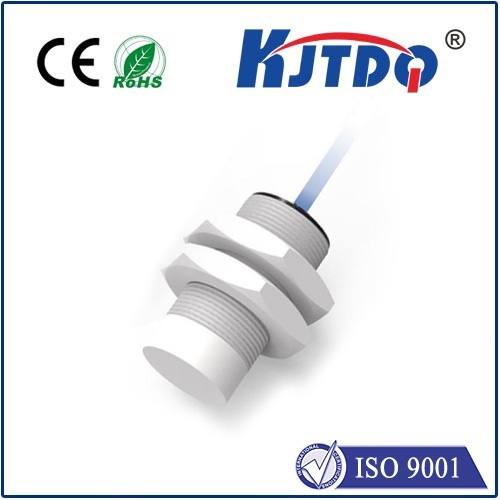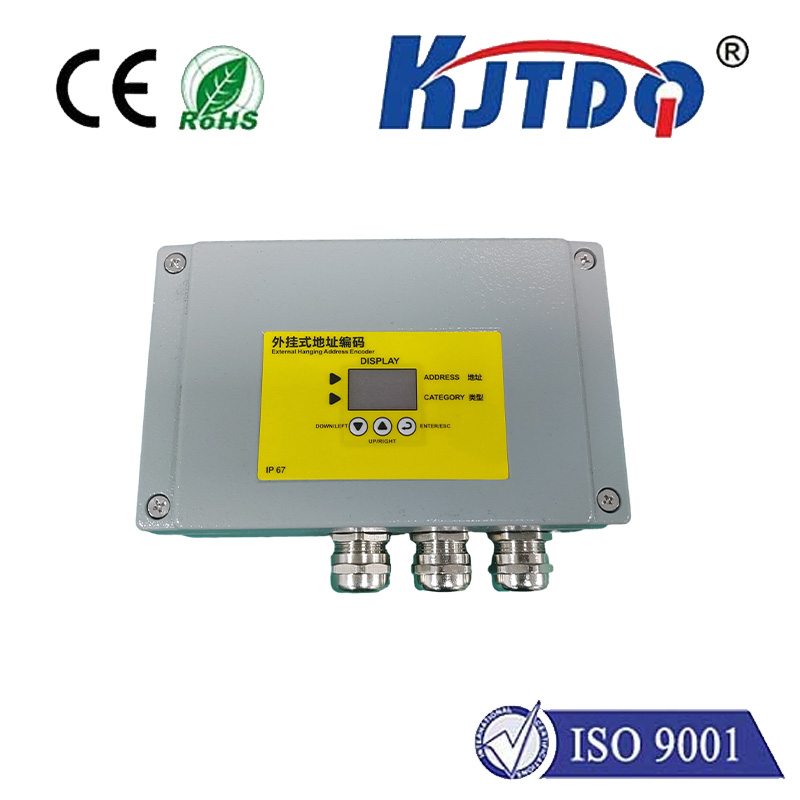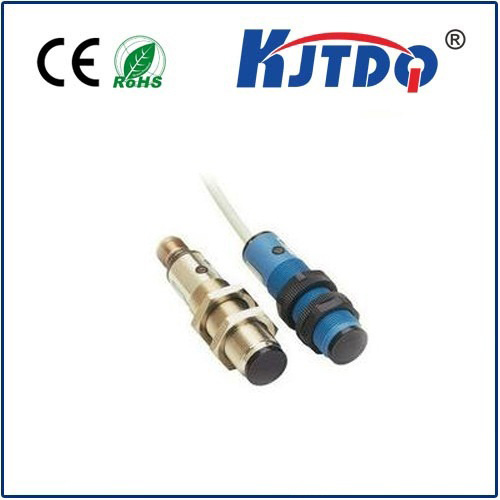

check

check

check

check

check

check

check

check

check

check
Title: "Master the Art of Control: Introducing Limit Switch for Valves"
As a vital component in industrial systems and machinery, valves play a crucial role in maintaining optimal performance and safety. The proper functioning of these mechanical devices is essential to ensure seamless operations in various industries such as oil and gas, chemical processing, power generation, and transportation. One key element that contributes to the efficiency and reliability of valve systems is the use of limit switches. In this article, we will delve into the world of limit switches for valves and explore their significance in modern-day engineering.
Section 1: Understanding Limit Switches
A limit switch is a mechanical device used to detect the opening or closing of a valve or other mechanical actuator. It works by comparing the current position of the actuator (the valve) with a predetermined threshold value. When the actuator reaches this threshold, the switch contacts an external circuit, sending a signal to the control system to take appropriate action. The main purpose of a limit switch is to provide accurate feedback on the position of the valve and prevent overtravel or undertravel, which can lead to costly equipment repairs and downtime.
Section 2: Types of Limit Switches for Valves
There are several types of limit switches designed specifically for use with valves, each suited to different applications and operating conditions. Some common types include:
1. Removable Limit Switches: These switches can be easily removed from the valve body and swapped out for a spare if necessary. They are typically made of brass or stainless steel and feature a simple mechanism that relies on a spring or other elastic element to trigger the contact.
2. Non-Removable Limit Switches: These switches are permanently mounted on the valve body and cannot be removed without disassembling the entire valve system. They often have a more complex design than removable switches but offer greater durability and accuracy.
3. Electronic Limit Switches: In recent years, electronic limit switches have gained popularity due to their improved accuracy, sensitivity, and reliability. These switches use sensors to detect the position of the valve and communicate that information to the control system through electrical signals.
Section 3: Benefits of Using Limit Switches for Valves
The use of limit switches for valves offers numerous benefits, including:
1. Improved Safety: Limit switches help prevent accidents by providing real-time feedback on the position of the valve. They alert operators when there is a potential for overtravel or undertravel, allowing them to take corrective action before equipment damage occurs.
2. Enhanced Reliability: Limit switches improve the overall reliability of valve systems by providing accurate information on valve position and preventing misoperations. This reduces the risk of equipment failure and maintenance costs.
3. Increased Efficiency: By preventing overtravel and undertravel, limit switches help optimize the performance of valve systems, improving energy consumption and reducing waste.
4. Simple Maintenance: Removable limit switches make it easy to replace worn-out components without requiring extensive disassembly of the valve system.
Section 4: Choosing the Right Limit Switch for Your Valve System
When selecting a limit switch for your valve system, consider factors such as:
* Operating conditions (temperature, pressure, vibration): Different types of limit switches are designed to handle specific operating conditions, so choose one that is suitable for your application.
* Material compatibility: Ensure that the selected limit switch is compatible with the materials used in your valve system (e.g., brass, stainless steel).
* Affordability: Compare prices and features of different limit switch types to find one that meets your budget requirements while offering reliable performance.
* Serviceability: Choose a limit switch with a simple design that allows for easy access and replacement if needed.
